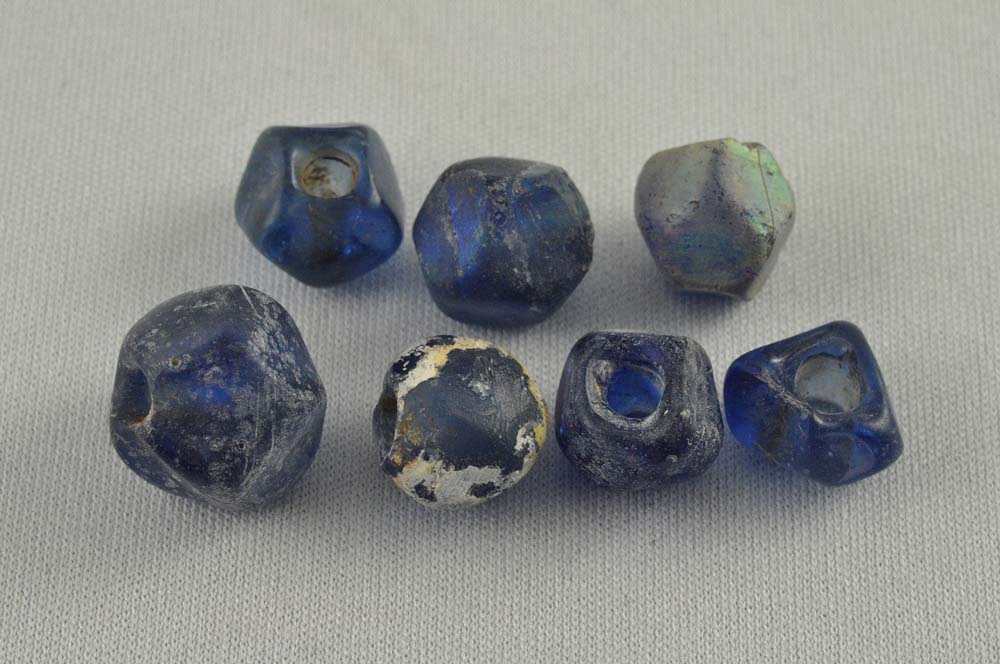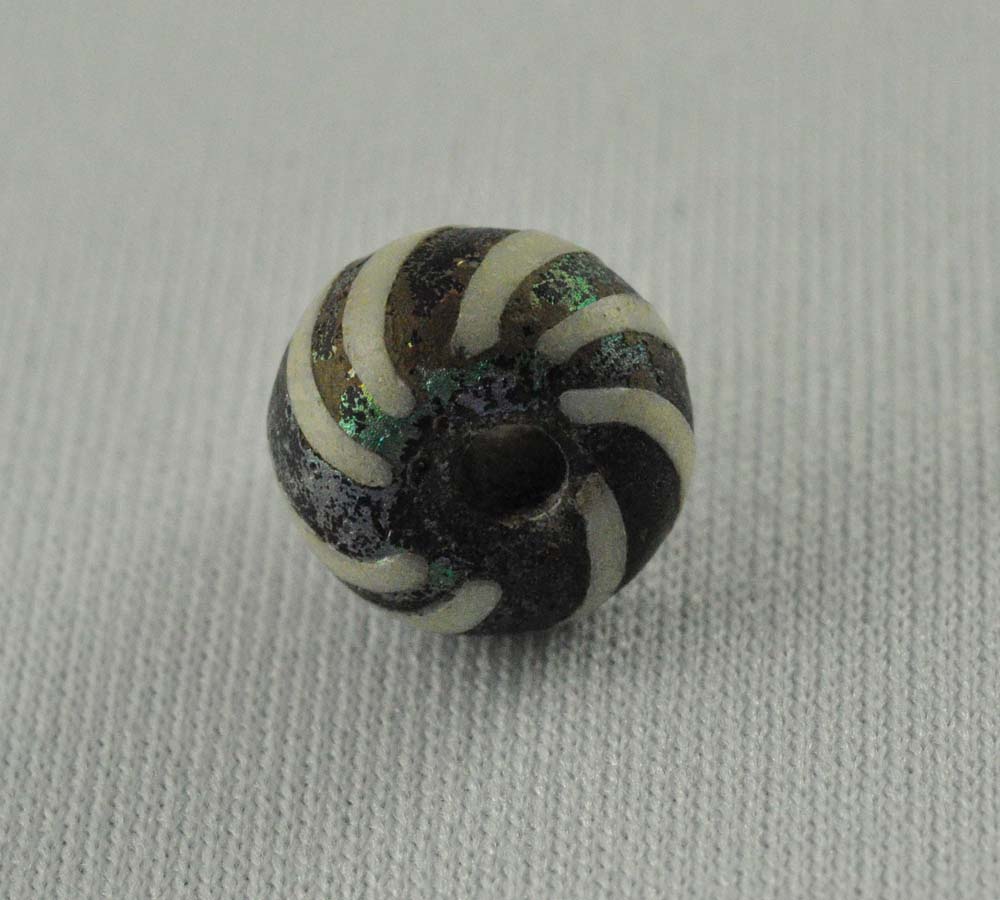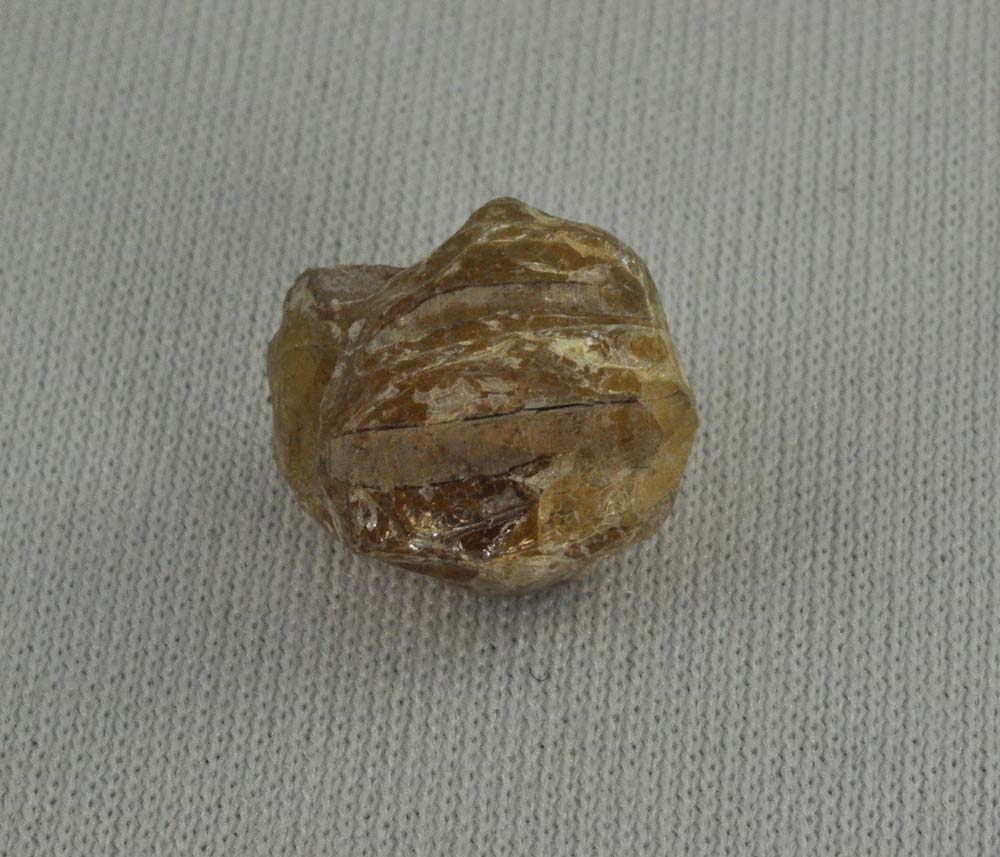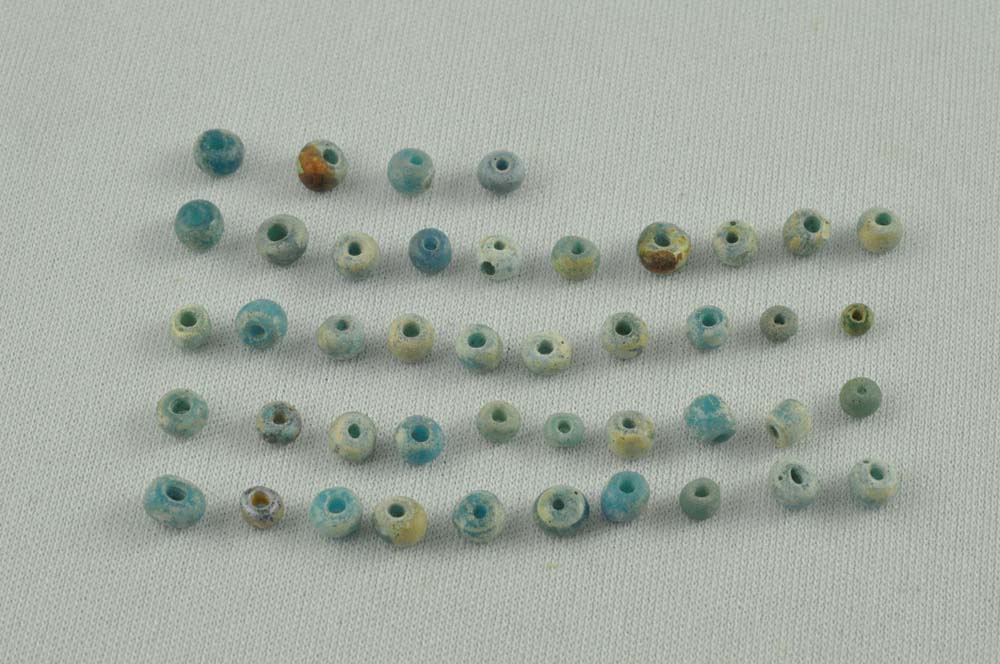CANADA 150 - Quebec - Trade beads
Published
Categories
Author
Blog Post
This week, I want to write about beads.
Two weeks ago, I was at the Social Sciences and Humanities Research Council of Canada national conference, (SSHRC Congress), as part of the meeting of the Folklore Studies Association of Canada. "Congress" is when many of the national research associations in the country gather together to have their national meetings; it’s at a different university each year, with slightly different themes. This year the meeting was at Ryerson, and the themes of the conference dealt with time and Indigeneity, and how we can move forward as a country in the spirit of reconciliation. It was a great conference (you can watch some of talks by prominent thinkers online here). I saw babies dancing under a teepee installation on the Ryerson grounds, listened to talks about everything from how to capture the experience of a musical performance using technology to different cultural experiences of time, and visited thought provoking art exhibits.

As I made my way through the conference, I couldn’t stop thinking about trade beads. We have beads all over the Royal Ontario Museum in various collections; some beads made locally to the place where they were collected and some are trade beads. Trade beads are beads that were made in Europe, usually of glass, and used as a form of currency during European colonial expansion. In the Canadian Decorative Arts Collection, there is a small collection of trade beads that were dug in an archaeological excavation by Donald Webster, former curator, in Senneville, Quebec. They are not on display. These are some of them. We have 46 separate accession numbers of beads in this series (some refer to an individual bead and some to a small group of beads of the same type). They were brought into the museum in the 1970s, and date from the mid 1700s. They are mostly made of glass, and very likely were made in Italy, which had a near monopoly on bead production in Europe for a long time.
At the conference, while listening to a talk about cultural perceptions of time, I thought about beads and bead artisans I have known who talk about the expansiveness of time when you’re in the middle of a creative act. Time seems to go on forever. At the marketplaces in the conference, seeing beaded works from other places made me think about how universal it is for human beings to want to adorn ourselves with small glimmers of beautiful rocks. And listening to important discussions about the lingering and ongoing affects of colonialism made be think of contemporary artists and art projects (like Bev Koski and Rebecca Belmore and the Walking With Our Sisters Project) who use beads to draw attention to these issues.

When I first went to university, I studied fine art and human anatomy in the same semester, and kept imagining a bead as an atom, or a cell. I had a grand plan for a final art project at one point: I was going to recreate a body part with the exact number of cells that it had out of beads. My first imagining was to recreate a heart, but at the very least, I thought I could do one centimeter of skin. As it turned out, I had misunderstood the number of zeroes involved in calculating the number of cells in even the smallest human body part, and that ended up being a wildly impractical project for someone new to working with beads. I moved on with my imaginings, but the connection between beads, cells and life forms lingered in my mind.

These beads in our collection at the ROM remind me of cells when I look at them. To me, they are stem cells from the bare beginnings of the entity that we call Canada. They mark the first exchanges between First Nations Canadians and European settlers. Somehow, these beads, to me, seem to represent a moment when the relationship between European and First Nations people may have been hopeful and full of promise. After these humble beads (and sometimes because of these beads), things rapidly began to get complicated, darker and difficult. It is a heavy history for these tiny objects to bear.



